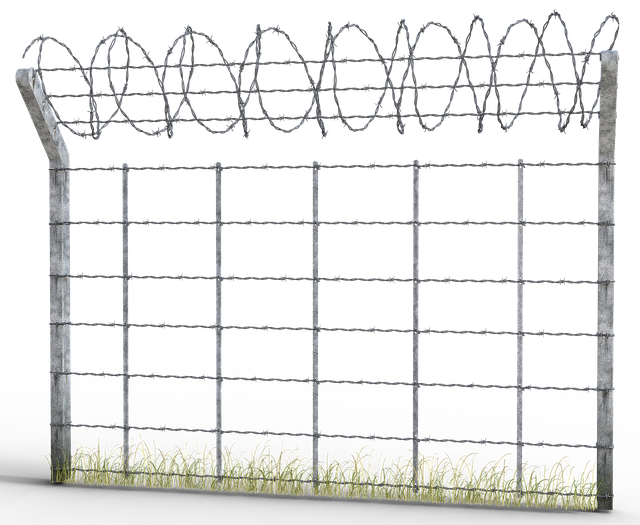In New Bedford, Massachusetts, homeowners seeking to enhance their outdoor spaces often turn to fence installation as a practical and aesthetically pleasing solution. This comprehensive guide aims to empower local residents with the knowledge and step-by-step instructions for installing a durable fence. From understanding your options, such as wood, vinyl, or chain link, to gathering the necessary tools and materials, this article provides all you need to create a privacy barrier that suits your yard’s unique characteristics.
- Understanding Your Fence Options for New Bedford Yards
- Measuring and Planning for Your Privacy Barrier
- Tools and Materials Needed for a Successful Installation
- Step-by-Step Guide to Erecting a Durable Fence
Understanding Your Fence Options for New Bedford Yards
When considering fence installation in New Bedford, homeowners have a variety of options to suit their needs and preferences. The first step is to evaluate the type of yard you have—fences can range from aesthetic, decorative pieces to functional, security barriers. For instance, wood fences are popular for their classic charm and versatility, offering both privacy and a natural look. Vinyl fencing, on the other hand, requires minimal maintenance and comes in various styles, making it an attractive choice for busy homeowners. Chain-link fences offer durability and security, often preferred for backyards with children or pets. Before installation begins, understand your local regulations regarding fence heights and materials to ensure compliance.
Measuring and Planning for Your Privacy Barrier
Before installing a fence, it’s crucial to measure and plan for your privacy barrier. Start by assessing the area where you want the fence to be located and take accurate measurements. Consider factors like property lines, existing structures, and any potential obstacles that might affect the fence’s placement. Create a detailed plan or sketch of your desired fence layout, keeping in mind local regulations and zoning laws.
This planning phase is essential as it helps determine the materials needed, the number of posts required, and the overall design. Measurements should be precise to ensure the fence aligns perfectly with your property boundaries and provides the level of privacy you’re seeking. By taking the time to plan, you’ll find it easier to install a sturdy and aesthetically pleasing fence that meets both your functional and aesthetic requirements.
Tools and Materials Needed for a Successful Installation
To ensure a successful DIY fence installation, gather the right tools and materials before starting. Basic tools include a measurement tape, level, hammer, post-hole digger or shovel, and a saw for cutting posts to size. For more advanced installations, consider power tools like an electric drill or circular saw for faster work.
Materials will vary based on your fence style but typically include wooden or vinyl posts, rails, fencing panels, brackets, concrete mix for setting posts, and fasteners such as screws or nails. Make sure to choose materials that suit your climate and intended use, ensuring longevity and durability.
Step-by-Step Guide to Erecting a Durable Fence
To erect a durable fence, New Bedford homeowners can follow this step-by-step guide. Start by measuring and marking the perimeter of your desired fence line using stakes and string to ensure precise alignment. Next, dig holes for the fence posts, making sure they are deep enough (typically 1/3 to 1/2 the height of the post) to provide stability. After setting the posts in place with concrete, attach the horizontal rails, followed by the fence panels. Use proper fasteners and make sure all connections are secure. For added durability, consider using pressure-treated wood and applying a protective coat of paint or sealant. Regular maintenance, such as cleaning and inspecting for any signs of rot or damage, will ensure your fence remains sturdy and attractive for years to come.
